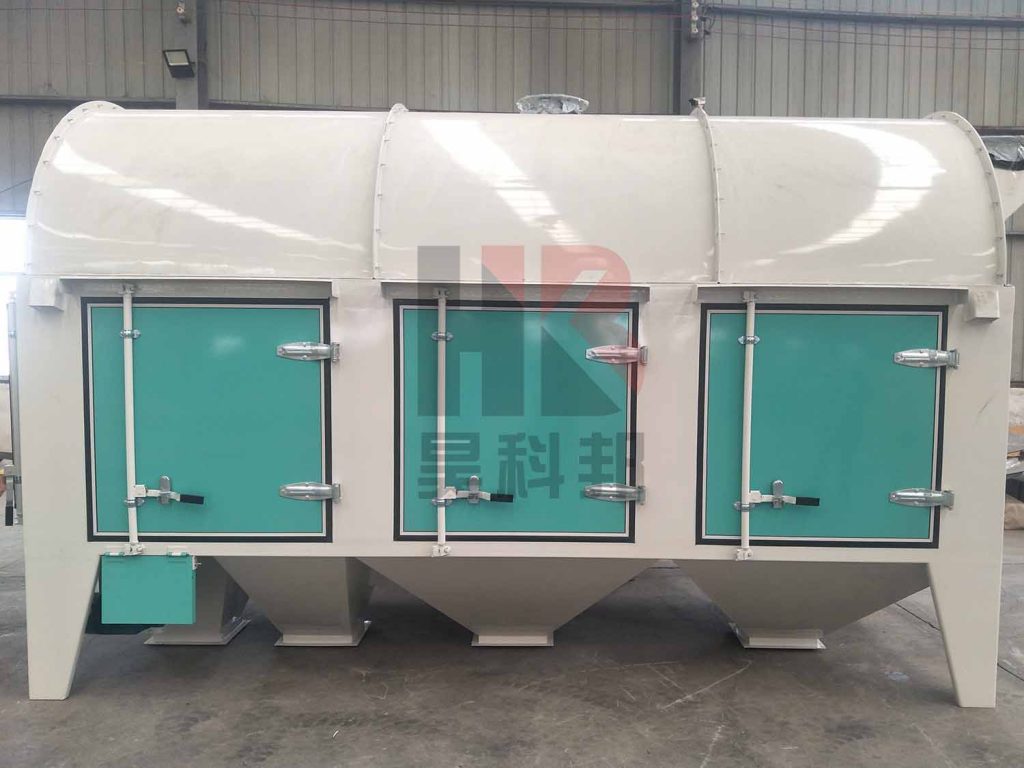The parameter settings of the cylindrical initial screening sieve are crucial for efficient operation and screening effectiveness. This article will explore the key parameters of the cylindrical initial screening sieve to help us better understand and apply them.

Choosing the right screen hole size is essential based on the type of grain and the size of impurities. For example, for wheat cleaning, a screen hole size of around 1 - 2mm is typically selected. This effectively intercepts larger impurities like stones and glass fragments in wheat.
Generally, the speed of the cylindrical initial screening sieve ranges from 30 - 60 revolutions per minute. The specific speed should be adjusted according to the type of grain, flow rate, and impurity content. By carefully regulating the speed, the screening effect can be optimized to ensure effective separation of grain and impurities.
Capacity is a key indicator of the production ability of the cylindrical initial screening sieve. Different models of cylindrical initial screening sieves have varying capacity ranges, from a few tons to dozens of tons per hour. When selecting equipment, it is necessary to determine the appropriate capacity based on the actual production scale and grain purchase volume of the enterprise.
Different grains have different physical properties. For example, for small-grained grains like wheat, a smaller screen hole size and moderate speed should be selected to ensure effective separation of impurities. For larger-grained grains like corn, the screen hole size should be increased and the speed should be raised to ensure screening efficiency.
The production scale and grain processing volume of an enterprise are important factors affecting the parameter settings of the cylindrical initial screening sieve. Additionally, the continuous operation capability and stability of the equipment should be considered to reduce downtime and maintenance costs.